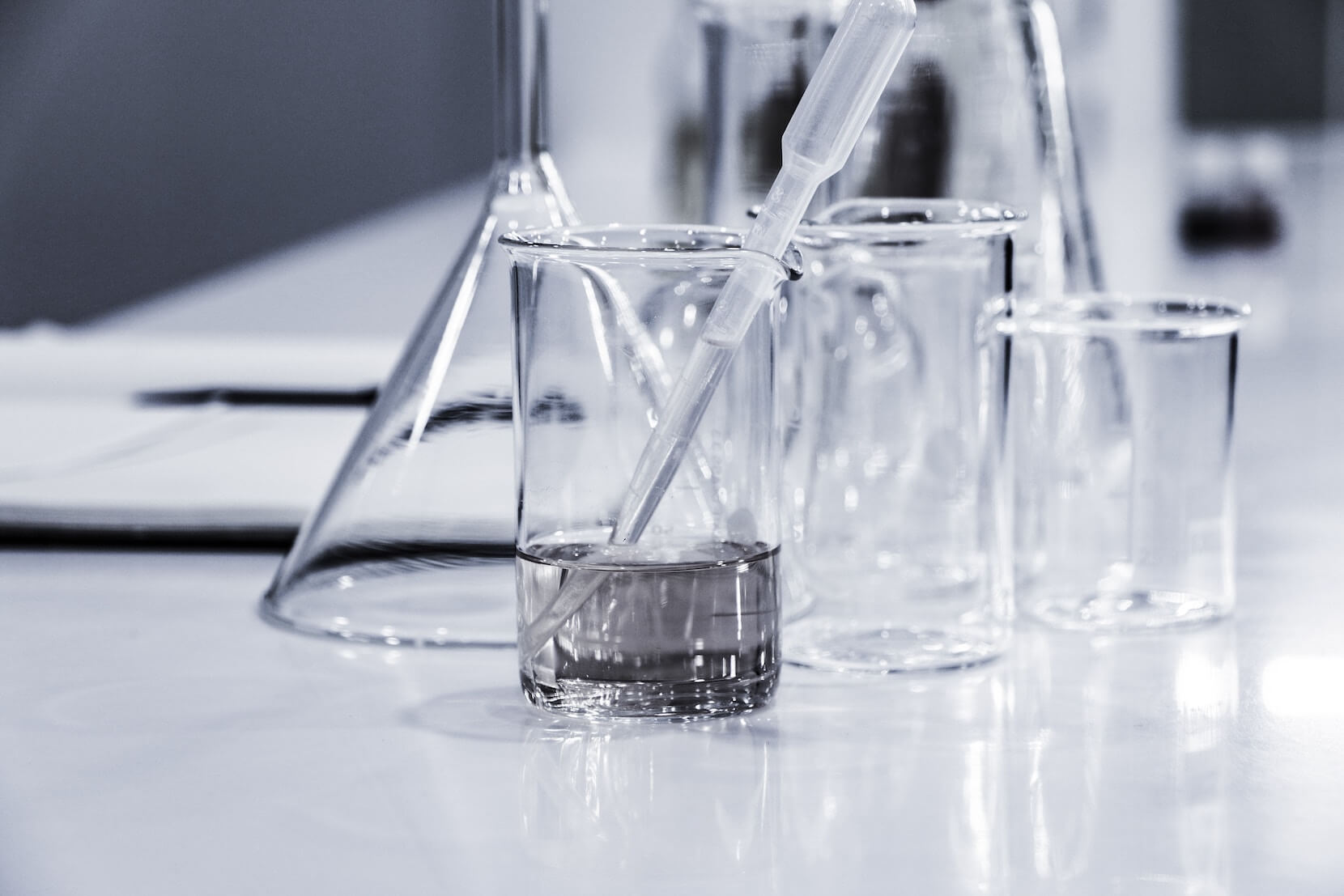Drinking water treatment
We treat drinking water so that it is clean and safe to drink when it comes out of your tap.
Why we treat drinking water
The water sources we use can easily become contaminated. Weather conditions, farming activities or commercial runoff can affect the quality of the water. To make this water safe to drink and use, we put it through a complex treatment process. The process meets the standards set by EU legislation.
Water sources and treatment
We source water from either ground or surface water sources.
- Ground water comes from boreholes, springs and wells
- Surface water comes from rivers and lakes
Your public water supply may come from a combination of sources.
Treatment process
Treatment processes can vary, depending on the water source we use. Here's an outline of the steps involved.
Abstraction and screening
We take raw water from the source and pass it through an intake point at a water treatment plant. A screen stops larger items, such as sticks, fish or stones, from entering the water treatment plant.
Coagulation
As the raw water enters the treatment plant, we add a chemical called coagulant to the water. The coagulant helps to stick particles together in the water. Rapid mixing helps this coagulation process. To get the pH level right, sometimes we add pH correction chemicals, such as an acid or alkali.
Flocculation
We then add a second chemical called flocculant to the water. This chemical sticks the small particles together to make a larger build-up called a 'floc'.
Settlement
The water then enters a large settlement tank. The tank fills slowly from the bottom, allowing the floc particles to settle and form a sludge blanket. We drain the sludge blanket off regularly in small amounts. This is to make sure that the sludge blanket doesn't rise to the top of the tank.
Filtration
The water which flows from the settlement tank is now much cleaner and ready for filtration. We usually do this in a rapid gravity sand filter. The filter contains different layers of graded sand. These layers filter the water so it is very clear.
Disinfection
The final stage in the drinking water treatment process is to disinfect the water. Here, we destroy any bacteria which may have survived the treatment process. We usually use chlorine in liquid or gas form in carefully controlled amounts. Some treatment plants also pass the final drinking water through Ultraviolet Light. This is called UV treatment.
Storage
Now the water has finished the treatment process, we pump it to a reservoir, which is usually on high ground. We use reservoirs to store treated water and release it into the water network. The drinking water flows through mains pipes in the network before it passes through a service pipe and into your home.

